
By: Valerie
If you have acne prone skin I’m sure you’ve heard of AHAs, also called alpha hydroxyl acids. They help exfoliating skin cells, making it look young and luminous. Skin is naturally exfoliated, however, with age, its renovation ability reduces. AHAs are especially good with sun damaged skin because they retain humidity and improve elasticity. The exfoliation induced by AHAs also helps reducing scars and hyperpigmentation. They have deeper dermal effects, thus stimulating the production of hyaluronic acid, collagen, and elastin, which results in healthier skin.
Before using them you should know that they have a huge capacity of exfoliating the skin, therefore the skin loses the stratum corneum of dead cells, so it’s kind of unprotected. It is important to use an SPF when you are using them and it’s better to apply them at night. The concentration depends on the resistance and type of skin. Starting with lower concentrations is better and it’s common to have a mild rash on the skin on the first applications, it should go away after some minutes. If skin is irritated, it’s better to wash it off and rest for a couple of days.
Azelaic acid
Main use: Sensitive and inflamed skin, rosacea
This acid comes from rye, barley, and wheat. It is naturally produced by these plants as a shield against pathogens. It’s one of the most potent acids, commonly used for acne, inflammation, and hyperpigmentation: it interferes with the production of melanin. It has antibacterial properties, reducing bacteria proliferation on the follicles and preventing inflammation. It can be used on sensitive skin and its concentration is usually between 4 to 20%.
Citric Acid
Main use: antioxidant, brightens the skin
One of the most popular acids, it usually comes from citric fruits or from the fermentation of sugars of the Aspergillus Niger fungi. It’s used in the food industry as an additive because it helps with pH regulation in food. In cosmetology, it is commonly used as an excipient, even if it is on the component list, it doesn’t mean it’ll have a keratolytic or exfoliating action. The direct application acts as other AHAs: exfoliating, moisturizing and lightening the skin. It can be mixed with minerals like nitrate, aluminum salts, zinc citrate, which can help reduce the excess of sebum.
Ferulic acid
Main use: Powerful antioxidant, UV protection (prevents DNA mutation)
In nature, it is found in plant cell walls and in grains like rice, whole wheat, and oats. We can find it in artichokes, peanuts, coffee, oranges, apples, and pineapple.
UV radiation causes oxidative stress on the skin, which is triggered by free radicals. These are small unstable molecules, but ferulic acid helps to destroy them, stopping the mutation of skin cells and DNA. It can reduce the levels of sugar and cholesterol when taken orally. In cosmetics, it is usually found as a serum with vitamin C to increase its action. It helps to regenerate the lipid layer of the skin and works well on dry skin too.
Glycolic acid
Main use: peeling
The most popular AHA. It is used as anti-wrinkle and spot corrector. In nature it can be extracted from sugar canes, pineapples or beetroots, however, its elaboration is completely synthetic. It was discovered during the 70s as psoriasis treatments to reduce patches on the skin. As the other AHA, it has keratolytic properties. Over the counter products usually contain between 4% and 20%, higher concentrations are just for medical use. If used with brightening treatments, it exfoliates the outer layers of the skin and helps the skin with hydration and collagen production. Skin tends to get used to it, so using it for periods of time is the best thing to do.
Hyaluronic acid
Main use: hydrating and skin protector
This acid is found in our bodies in the connective tissue. It is a mucopolysaccharide, so it absorbs water and retains it. Its main function as a cosmetic is to moisturize the skin and increase its volume as it absorbs water. Because of this, it helps reducing wrinkles. It doesn’t have the peeling property, however, it stimulates the production of keratinocytes. With age, the production of this acid lowers, so the skin loses water and tightness, causing wrinkles. It degrades fast, so a lot of people recommend ingesting it.
Kojic Acid
Main use: Lightening
This acid is produced by fungus and bacteria like penicillin or aspergillus. It has the properties of inhibiting the metabolism of some enzymes, like polyphenols and amino acids responsible for the production of melanin. It’s a good option for people with melasma or dark spots on the skin. In cosmetics, it is used with other acids like glycolic, because when skin is exfoliated it increases its lightening capacity.
Lactic Acid
Main use: sensitive skin exfoliator
It is obtained by the fermentation of lactose, so it is naturally found in dairy products like yogurt or kefir. This acid is produced in our organism, especially when we exercise. In cosmetics, we can find it in products like soap, shampoo, or makeup removers. However, depending on the percentage used on products most of the times it’s used as a pH regulator, not as an exfoliator. This acid is gentle on the skin, and it is often used for sensitive skin. It has a keratolytic action and it can go deep on skin layers, helping with elastin and collagen production. In combination with lightening creams, it can reduce sun marks, improve the lipid barrier of the skin, and increase the ceramides it has to achieve an even skin tone. It is really good for dry skin.
Malic acid
Main use: antiseptic and exfoliating
This acid is usually found in wine, fruits and in our cells. It helps with mouth health because it increases the production of saliva and helps the immune system. On a cosmetic level, it helps with skin texture, luminosity, and tightness. It is a gentle acid, often used by people with sensitive skin. It is used with other acids to increase its effects: glycolic or lactic. Some studies show that when used with Vitamin C it can help reduce melasma. It acts like glycolic acid because of its moisturizing and exfoliating properties.
Mandelic acid
Main use: Cell renovation of the skin, especially on inflamed skin
It comes from sour almonds and has great antiseptic and antimicrobial properties with regenerating properties. It reduces small wrinkles and prevents photo-ageing, so it’s usually used by people with acne spots and melasma. It is not as aggressive as glycolic acid, so it can be used on especially irritated skin, like rosacea skin, with a lot of spots or inflamed. In acne peelings it is usually combined with salicylic acid.
Salicylic acid
Main use: acne prone skin and psoriasis
This acid is found in nature in the cortex of willow trees. This acid is not the same as the one found on aspirins (acetylsalicylic acid). It is a BHA (beta hydroxyl acid) and it works better for male, oily or acne-prone skin. It has the property of cleaning pores and drying the excess sebum, which prevents breakouts. Its effects can be seen with just 2%, but it can be very irritating in higher concentrations. Benzoyl peroxide can create hypersensitivity with this acid. It has antiseptic and antimicrobial properties.

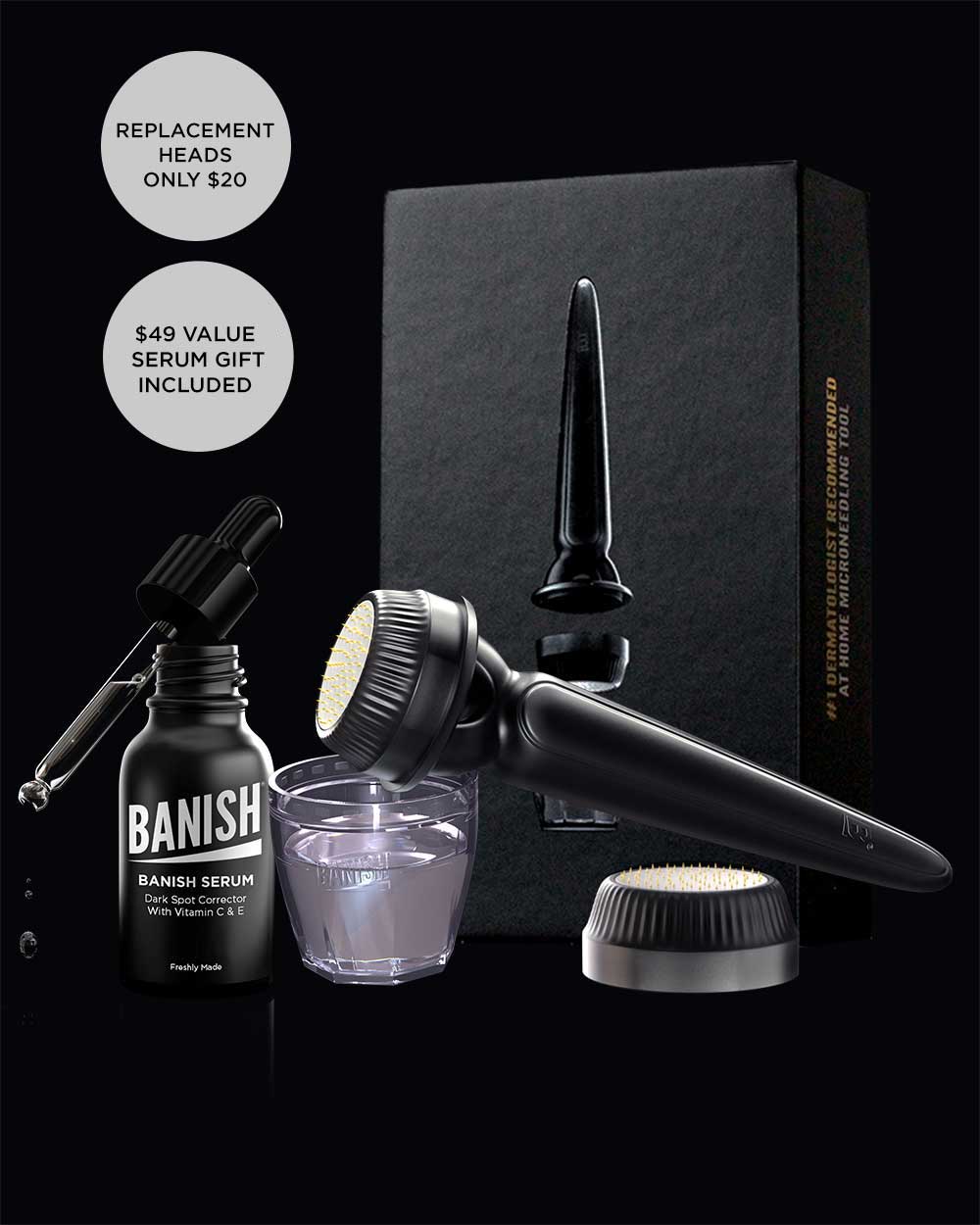





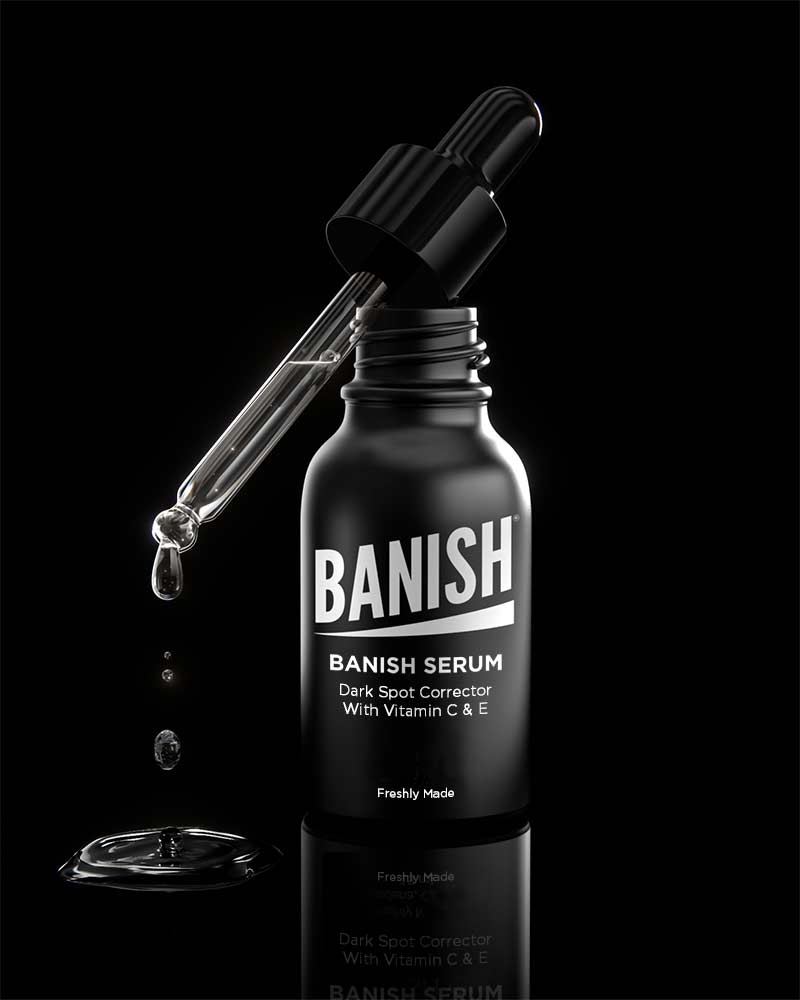

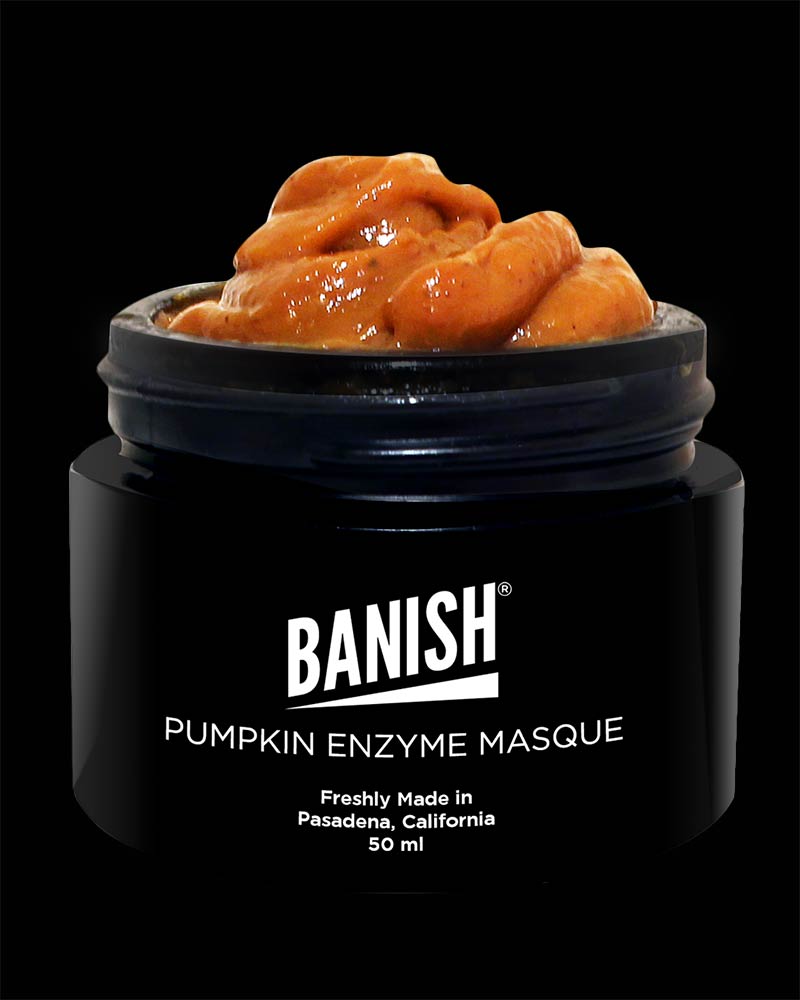
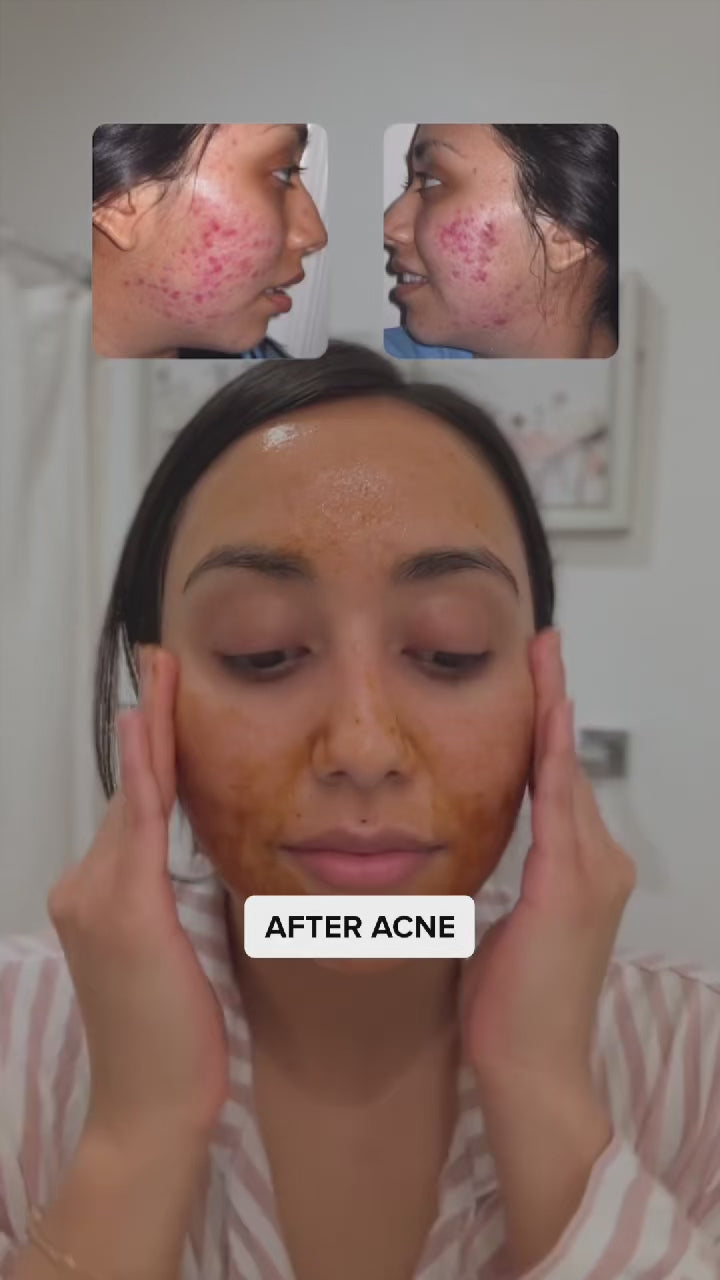

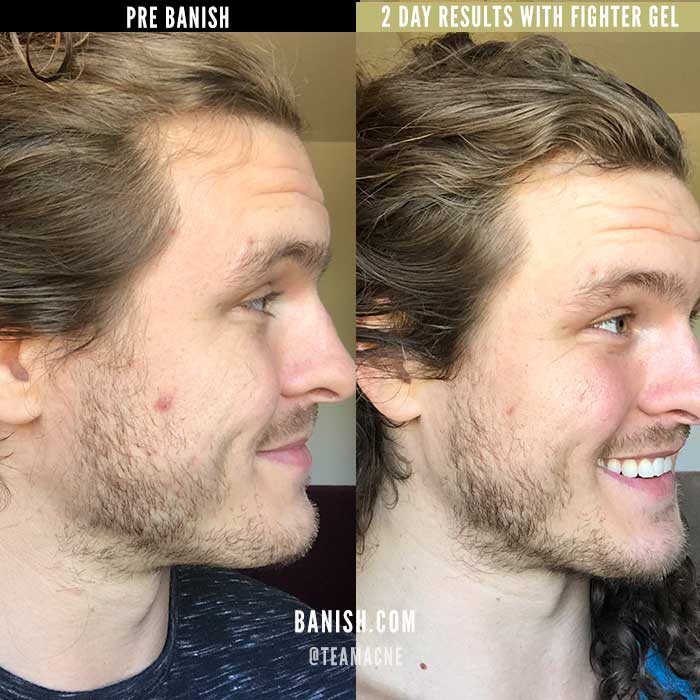
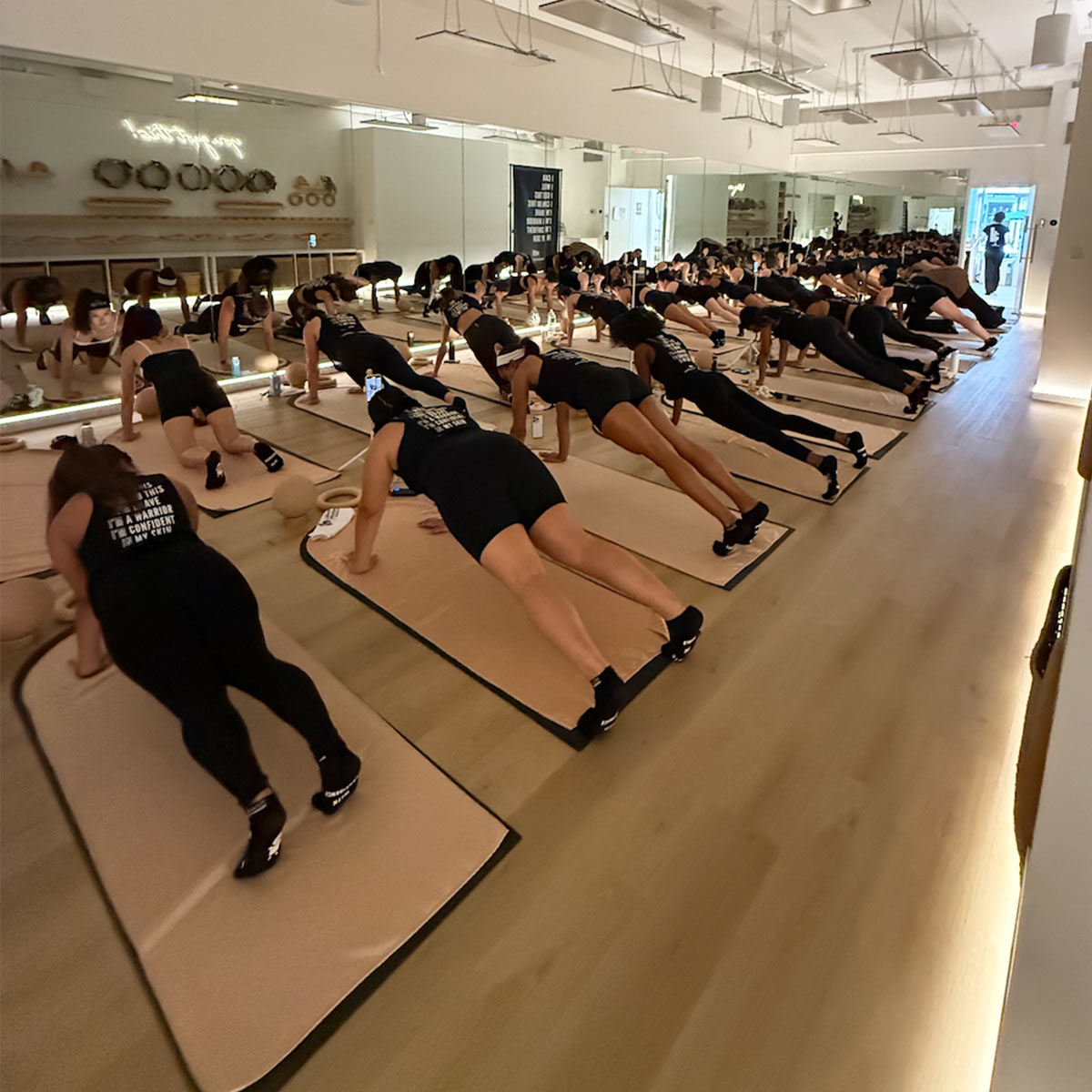









Leave a comment
All comments are moderated before being published.
This site is protected by hCaptcha and the hCaptcha Privacy Policy and Terms of Service apply.